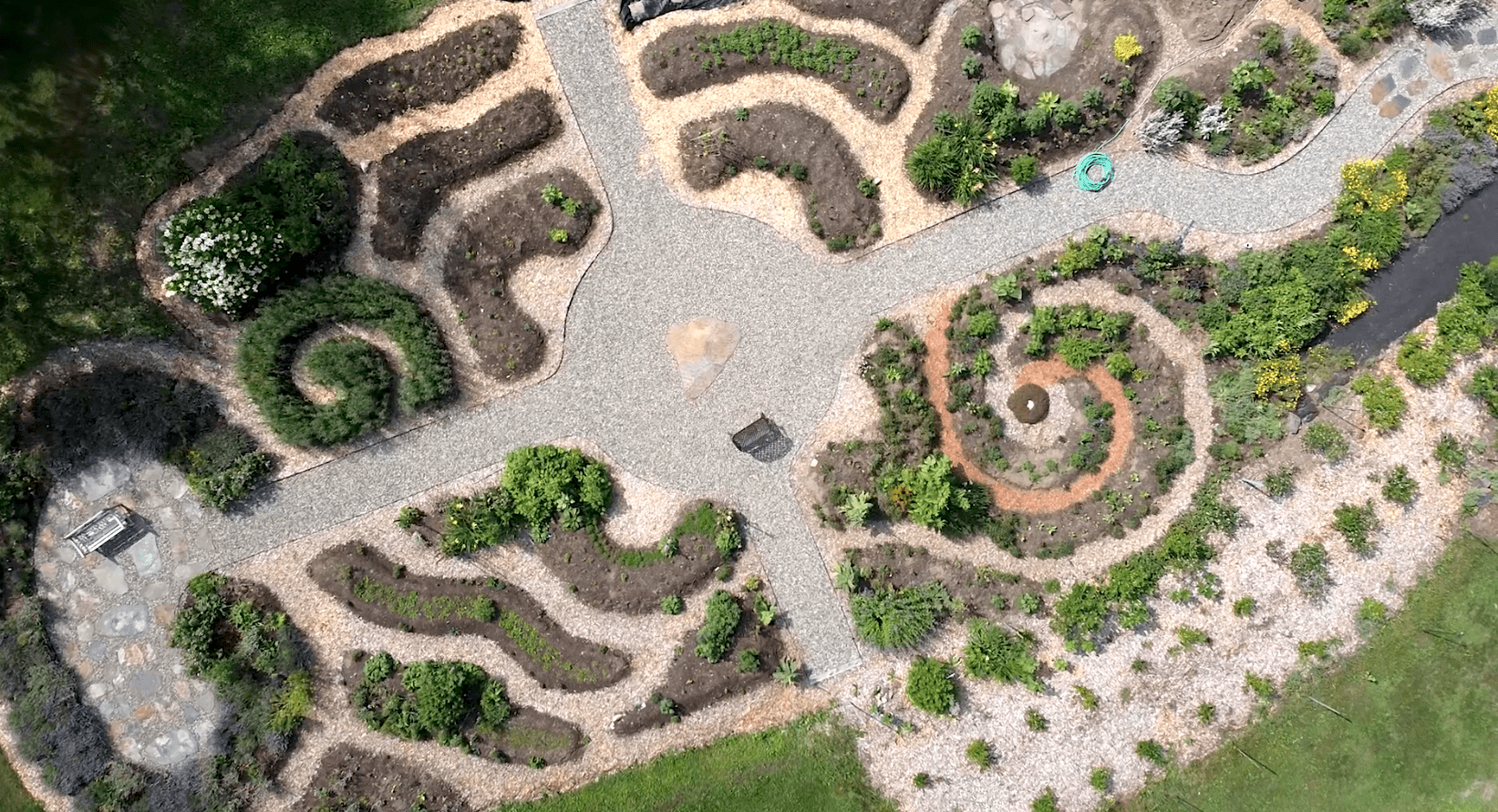by Ann Armbrecht
Where Plants Come From
I invite you to pause for a moment. Take a deep breath. Pause. Take another. Settle into your seat, feel it supporting you. Feel the ground beneath your feet, supporting you.
Now. Think about the most recent medicinal plant you ingested, it could have been in tea or a tincture or capsule or the spices you used for cooking. Taste that, remember how it felt in your body. What do you know about how that plant arrived in your home? Did it come from your garden? A grocery store? Did you buy it online? What do you know about how it arrived at that place?
Follow that further. What do you know about where the product was made? Can you picture the factory? Can you imagine the people handling the products? Or the plants arriving at the manufacturing plant? What form were they in? Were they in sacks? Wrapped in plastic? Keep going with this exercise, going all the way back to imagining where the plant grew, in a field or a forest or a meadow. What do you know about the soil? What machines were used? Who were the workers doing the work? Are they old or young? Men or women? What was the work they were doing? What do you know of their lives? Think about the energy in that particular plant. What gave that plant that energy? What do you know about that environment? What was the quality of the soil? The water? the air?
Stay with this exercise a moment or two to really fill out the scene.
What Do You Know?
Now pick up your pen and write what you saw, what you knew and didn’t know.
Reflect on these questions:
- How did you know what you knew?
- What didn’t you know? Why not? Have you tried to find out and gave up because it was too difficult? Or is it something you had never considered before?
- What would you like to know?
- What would you do with what you might discover?
The Invitation
In his essay “The Invitation,” Barry Lopez describes an encounter with a bear while hunting with a group of Athabascans in Alaska. He was struck by the differences in how he and his companions described this encounter. To Lopez it was all about watching the bear. He didn’t pay much attention to the landscape or the events that led up to or followed the encounter. The Athabascans, however, were aware of the bear in the larger context. For example, they noticed signs indicating where the bear had come from and where it was going. They experienced the encounter not as an isolated moment but as an event unfolding in time.
Lopez concluded that unlike his experience, which was simply an isolated event, for the Athabascans the appearance of the bear was an invitation into the stream of life, “offered, without prejudice, to anyone passing by.”
The appearance of the bear is an invitation into the stream of life, “offered, without prejudice, to anyone passing by.”
Medicine of Place
Plants can be used as products, to address a specific condition. Like that bear, they also invite us on a journey that, should we choose to follow, brings us into deeper relationship with the world. They offer an invitation to connect with the medicine of place. With that connection comes a responsibility, a willingness to engage with the impacts of our choice to use those plants as products. But that engagement ultimately is the deeper healing they offer.


Comments